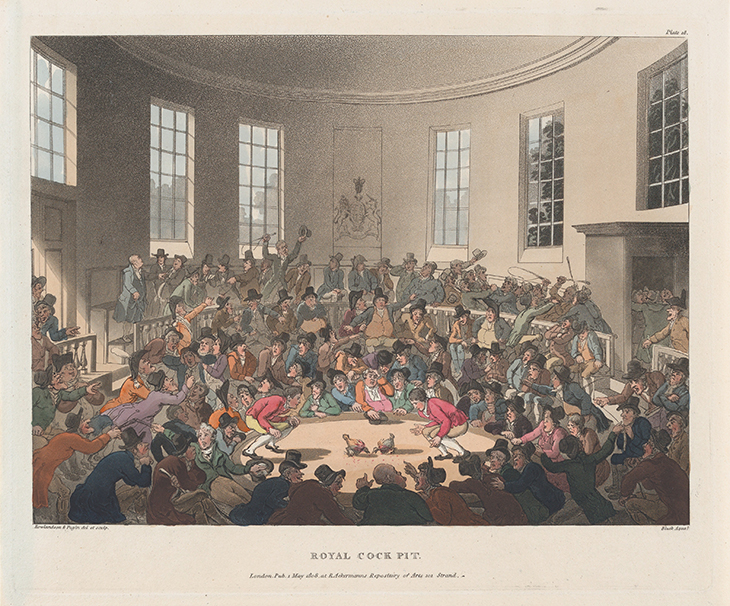Introducing Rakewell, Apollo’s wandering eye on the art world. Look out for regular posts taking a rakish perspective on art and museum stories.
In the good old days, runners in the London marathon had their pick of the sights of London to look forward to: Greenwich Palace, the Cutty Sark, Tower Bridge, the Tower of London and the Houses of Parliament were all en route, with a sprint finish past Buckingham Palace. This year, alas, with only the elite athletes taking part – and no fancy dress, unless you count platform running shoes – it will be a more enclosed affair: the participants are to put themselves through 19 loops of St James’s Park, with an extra 1,345 metres thrown in to ensure they go the distance.
Since the Apollo offices look out on to the park across Birdcage Walk, Rakewell is only too aware of the sporting possibilities of its green spaces. The Foot Guards battalions stationed at the Wellington Barracks use them for their morning runs, chivvied along by a barking sergeant as your correspondent takes his morning constitutional; during the 2012 Olympics, part of the park was curiously commandeered for practice courts for the beach volleyball competition at nearby Horse Guards Parade; and in 2019, the Cricket World Cup was launched in characteristic drizzle on the Mall in front of, well, a handful of enthusiastic supporters.
Historically, the park was a venue for rather different sports – including those, erm, indulged in by the Earl of Rochester in ‘A Ramble in St James’s Park’ after the Restoration. In the 16th century it was a deer park, created by Henry VIII as (yet another) venue for hunting. And later it became the setting for a sport that sounds rather more to Rakewell’s liking: pelle melle, imported from France by Charles I, in which players thwacked a ball through a hoop with a mallet in a fenced-off court (hence Pall Mall and the Mall). But there was still something for the blood sports enthusiasts, thank God! Into the 19th century, the Royal Cockpit stood on Birdcage Walk, where the bird fights were immortalised – if that is the word – by Hogarth and Thomas Rowlandson:

Royal Cock Pit (1808), Thomas Rowlandson. Metropolitan Museum of Art, New York
Got a story for Rakewell? Get in touch at rakewell@apollomag.com or via @Rakewelltweets.
Unlimited access from just $16 every 3 months
Subscribe to get unlimited and exclusive access to the top art stories, interviews and exhibition reviews.














![Masterpiece [Re]discovery 2022. Photo: Ben Fisher Photography, courtesy of Masterpiece London](http://www.apollo-magazine.com/wp-content/uploads/2022/07/MPL2022_4263.jpg)
It’s time for the government of London to return to its rightful home